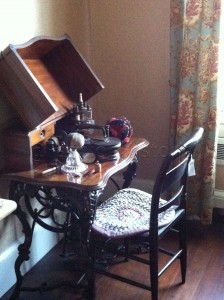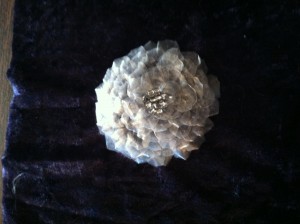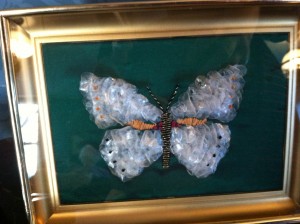
A few weeks ago, I was one of a lucky few to travel to Oregon City, Oregon and Fort Vancouver, Washington to participate in the Costume Society of America Western Region‘s program on Victorian clothing on the west coast. Along with twenty or so other attendees, the program included a visit to the Fort Vancouver costume shop and the historic home of John McLoughlin (who presided over the Hudson’s Bay Company, and was later known as the ‘father of Oregon’).
At the costume shop, we learned about the process of dressing the volunteer re-enactors who play a large role in making history come alive at the fort-including a look at the reproduction costumes, their trimmings library, and sewing shop.
The Fort has over 700 volunteers and over 100 under the age of 18, due in large part to the Dame School and Young Engage School – a special youth volunteer interpretive program that teaches local youth in hand work and living skills from the 19th century.

At the historic McLoughlin House, back in Oregon City, we were able to view of some historic garments from the 1820s-1870s from a private collection, as well as some of the textiles, home-craft tools, and jewelry related to the McLoughlin family – who were known for their skills at embroidery, knitting, and other hand work. I was particularly intrigued by the jewelry in a small display case downstairs – that included a mourning ring.
The tour ended with attendees being invited to learn fish scale embroidery or “Imitation Pearl Work” using scales from Carp (Salmon, it turns out, have scales that are much too small). I spent the better part of an hour nearly one-on-one with the instructor, who told me the details of how she obtained the scales, and researched which were the best to use. It was a fascinating process. According to Erin Gilday, “most surviving fish-scale embroideries, which adorned everything from mantel draperies to lampshades, cushions, scarves, needle books, and purses, were made in England, researchers also have found examples in France, the West Indies, Barbados, Australia, New Zealand, and the United States. (Those who want to know more about it should checkout Gilday’s article “Sew Fishy: The Use of Fish Scales in Victorian Embroidery” in the July/August 2012 issue of Piecework Magazine).



